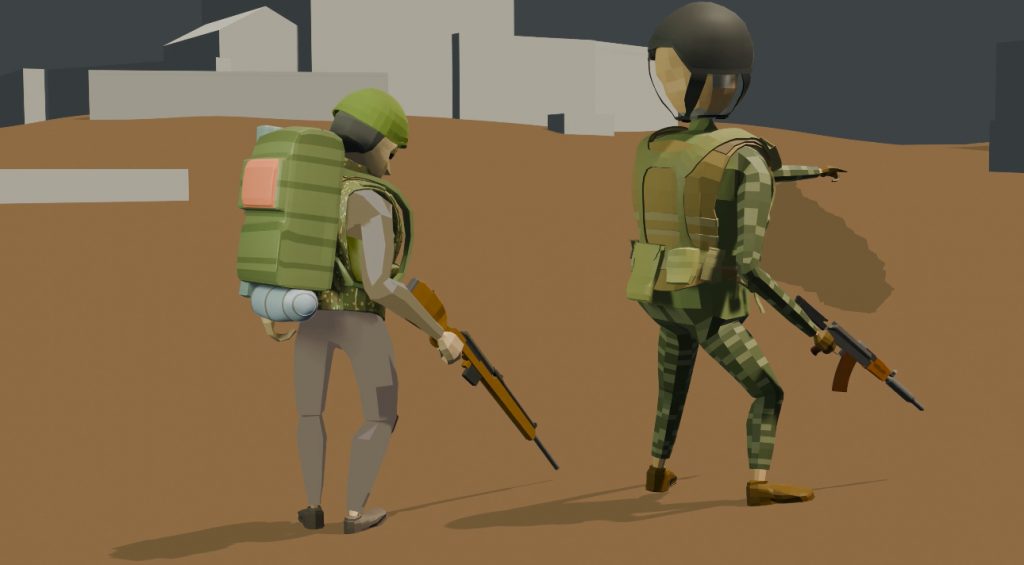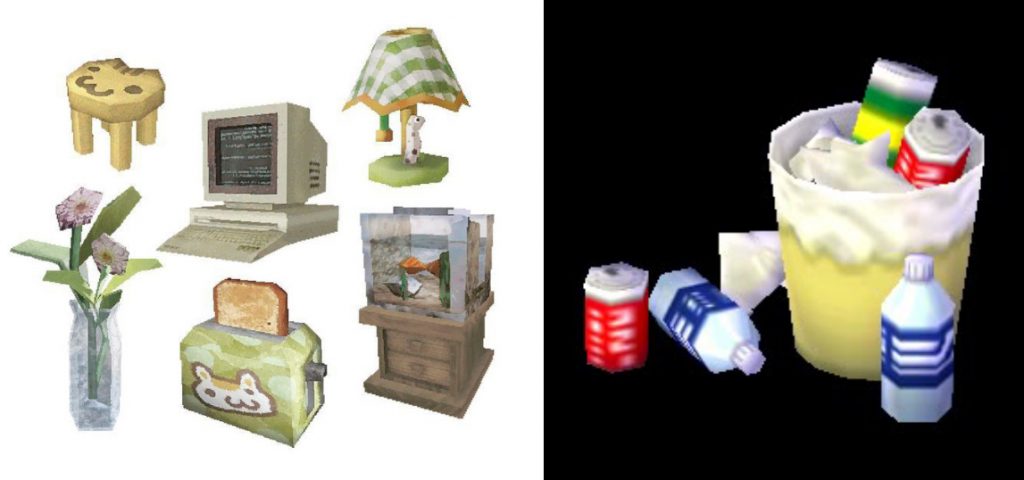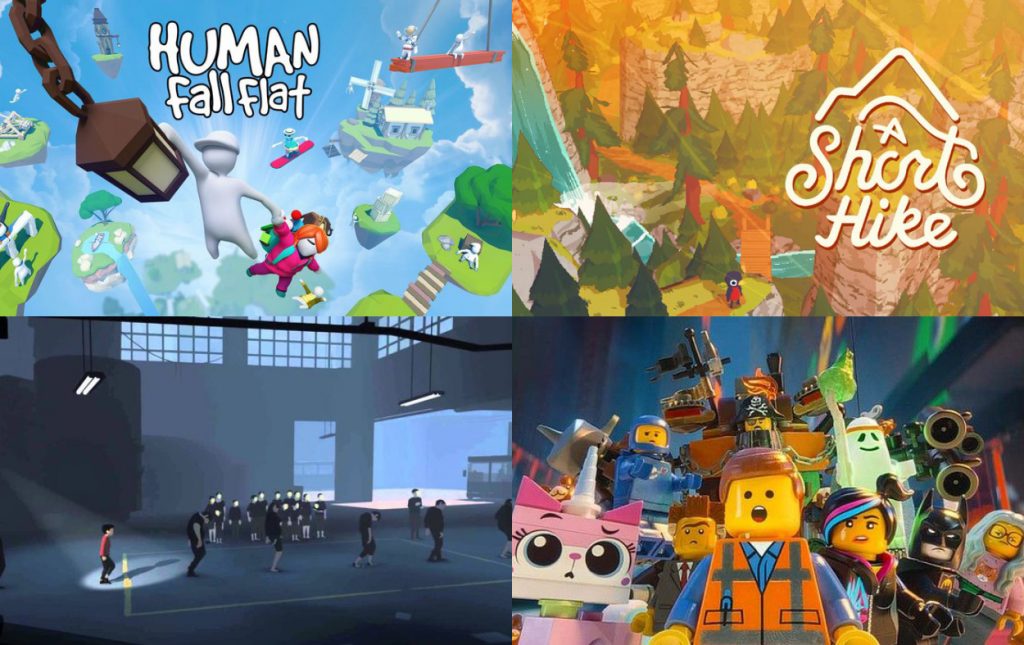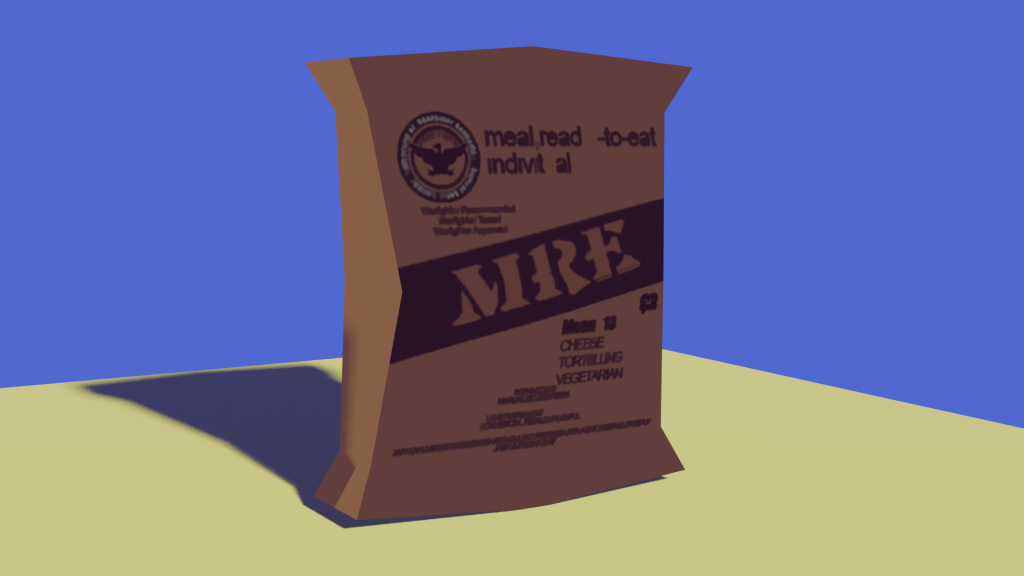Although my personal preference is 2D animation, I was unexpectedly assigned to the 3D animation group—well, perhaps because I listed too many 3D animation software skills in my application. Especially, I am very concerned about my 3D animation skills.

We didn’t have much time to do simulated work. A second-year graduate student wanted to create a low-poly 3D animation in Blender, with a war theme similar to the style of Human: Fall Flat. My task was to help him find references for similar low-poly animation styles and assist in modeling some small props for the scene.

My teammate, Zhuoshi Ren, had previously interned at a 3D animation company and had extensive experience in… well, finding references. He mentioned that his first task during his internship was to help his team members gather references. He suggested that we set up a shared cloud drive where we could upload the references we found each week, along with completed models.
I started searching for low-poly style game references on Pinterest, typing in names of games I remembered, such as Human: Fall Flat, A Short Hike, Inside, etc. Unfortunately, I couldn’t recall any low-poly animations with a war theme—only LEGO.

I had previously created a cel-shading style 3D short animation, which was actually the first animation I made using Blender (back then, I didn’t even know how to use Blender). I figured that the experience I gained from making that short animation could help me assist the second-year student in creating his project.
Low-poly models are often paired with cel-shading rendering. Therefore, when modeling for Jiashi Wang, I referenced 90s arcade game modeling styles.
In Blender, to enhance the low-poly aesthetic, light refracting onto objects should not create soft shadows like in the real world. To achieve this effect in material settings, I used a Color Ramp node to adjust the shadow colors, making them more direct and stylized.

I even painted the model’s textures in Photoshop. It reminded me of a technique where real photos are simplified into stylized digital art. So, after designing the packaging cover based on my reference, I applied a Cutout filter, and just like that, a simple packaging model was completed.

Conclusion:
— Well, to be honest, my conclusion is that I don’t have a conclusion yet. Since I’m only helping with modeling small props, this blog is merely a collection of my thoughts and inspirations while doing miscellaneous tasks.
But fortunately, I do have experience in making low-poly 3D animation, which has given me some understanding of Blender’s underlying logic. As a result, while assisting the second-year student with this project, I can work more smoothly and have a clearer sense of how to achieve my own goals.
Leave a Reply